Home>Garden Essentials>Garden Storage>How To Redo My Wardrobe
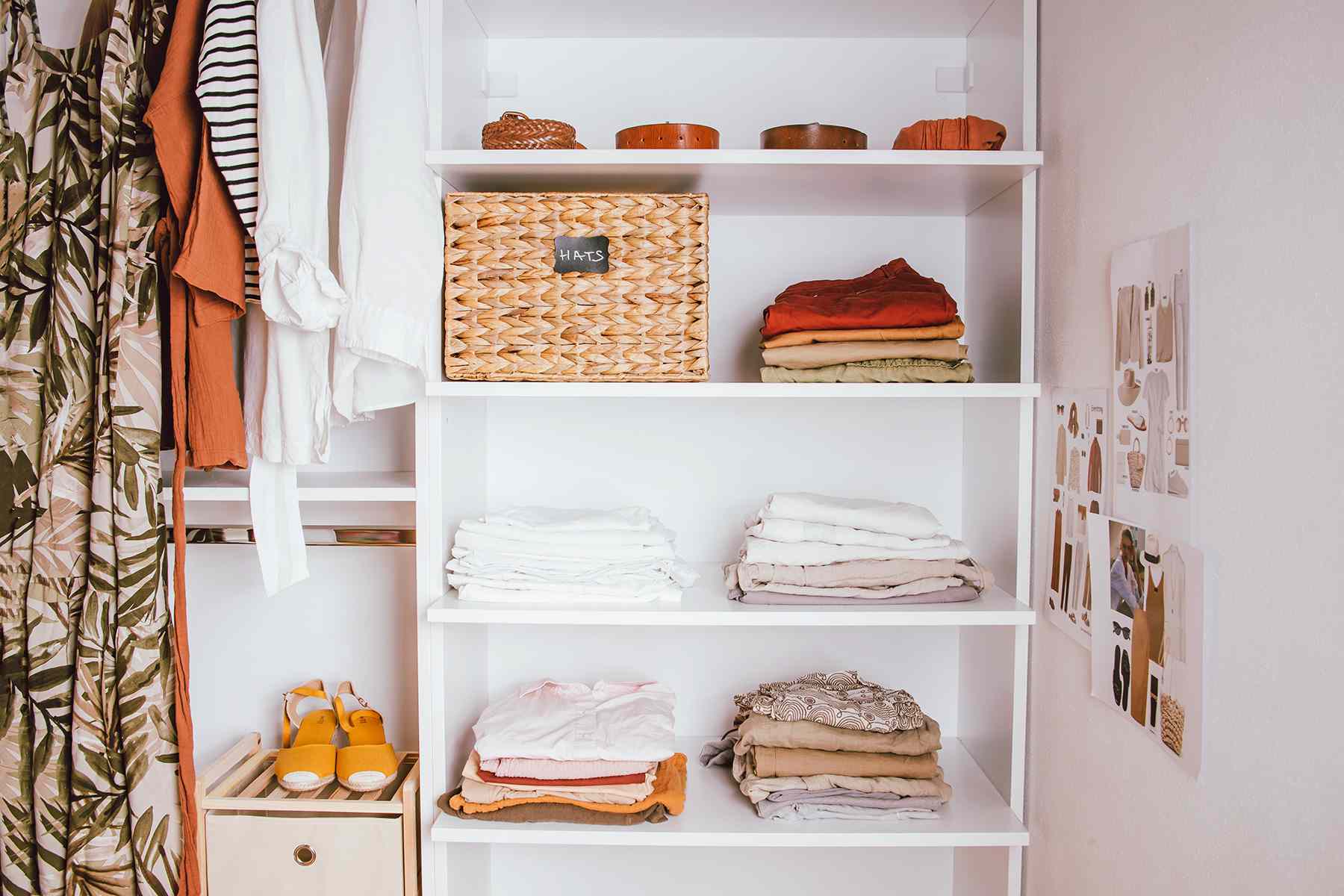

Garden Storage
How To Redo My Wardrobe
Modified: January 7, 2024
Discover smart storage solutions and tips on how to efficiently redo your wardrobe, maximizing space and organization. Transform your closet into a functional and stylish oasis.
(Many of the links in this article redirect to a specific reviewed product. Your purchase of these products through affiliate links helps to generate commission for Storables.com, at no extra cost. Learn more)
Introduction
Have you ever stood in front of your overflowing wardrobe, feeling like you have nothing to wear? It’s a common predicament that many of us face. Our closets are filled with items we no longer love or that no longer fit our lifestyle. If you find yourself in this situation, it may be time to consider redoing your wardrobe.
Redoing your wardrobe not only helps you declutter and organize your clothing collection, but it also allows you to define your personal style and create a wardrobe that truly aligns with who you are. Whether you’re looking to refresh your style, transition into a new phase of life, or simply want to streamline your daily outfit selection, a wardrobe redo can be a transformative process.
In this article, we will guide you through the steps of redoing your wardrobe, from assessing your current collection to shopping for new pieces. We will provide practical tips and insights that will help you create a wardrobe you love and feel confident in. So, let’s dive in and begin the journey of revamping your wardrobe.
Key Takeaways:
- Embrace the journey of redoing your wardrobe as a transformative process of self-discovery and self-expression. Let go of items that no longer serve you and curate a collection that truly resonates with your unique style and personality.
- Build a curated wardrobe that reflects your evolving style and boosts your confidence. Define your personal style, create a capsule wardrobe, incorporate trends and statement pieces, and maintain an organized collection that makes getting dressed a joyous experience.
Read more: How To Change My Wardrobe
Assessing Your Current Wardrobe
Before embarking on a wardrobe redo, it’s essential to assess your current wardrobe. This step will help you understand what you have, what you love, and what no longer serves you. Start by taking everything out of your closet and laying it on your bed or a large surface.
Once you have a clear view of your clothing collection, categorize them into different sections such as tops, bottoms, dresses, outerwear, and accessories. This will give you a better understanding of the variety and quantity of items you own.
Next, evaluate each piece individually. Consider factors such as fit, condition, and your personal style preferences. Ask yourself if the garment still makes you feel confident and if it aligns with your current lifestyle. If it’s been over a year since you last wore an item, it’s a good indication that it’s time to let go.
Be honest with yourself during this evaluation process. Separate your garments into three categories: keep, donate/sell, and toss. Keep the items that you love, that fit well, and that are in good condition. The ones that no longer fit or are damaged should be discarded. The remaining pieces that are still in good condition but no longer resonate with your style can be donated or sold to someone who will appreciate them.
As you assess your wardrobe, pay attention to any gaps or missing essentials. Take note of the types of garments or accessories you need to create a well-rounded and versatile collection.
This assessment process sets the foundation for your wardrobe redo. By eliminating items that no longer fit or align with your style, you are creating space for new pieces that truly reflect who you are and make getting dressed each day a joy.
Decluttering and Sorting
Once you have assessed your current wardrobe and identified the items you want to keep, it’s time to declutter and sort through your collection. Decluttering helps you streamline your wardrobe, making it easier to navigate and find the pieces you love.
Start by organizing your garments by category. Hang your tops, dresses, and jackets on hangers, and fold your bottoms and sweaters neatly in drawers or on shelves. Use dividers or separate containers to keep accessories like belts, scarves, and jewelry organized.
As you sort through each category, pay attention to how often you wear each item. If something has been neglected for a long time, consider whether it’s still worth keeping. Additionally, make sure to remove any damaged or worn-out items from your collection. Keeping only the pieces that bring you joy and that you can see yourself wearing again will make getting dressed in the morning a breeze.
If you’re unsure about letting go of certain items, ask yourself some questions: Does it fit me well? Do I feel confident when I wear it? Does it align with my personal style? If the answer is “no” to any of these questions, it’s time to donate or sell the item.
Once you have decluttered and sorted your wardrobe, take the time to properly store and care for your clothes. Invest in good quality hangers to prevent stretching and sagging. Fold delicate items like cashmere sweaters and silk blouses instead of hanging them to avoid stretching or snagging.
Consider using storage containers or dividers to keep your accessories organized. This will make it easier to find the perfect finishing touches for your outfits. Labeling or color-coding bins and containers can also help you easily locate specific items.
Decluttering and sorting through your wardrobe is a crucial step in creating a functional and efficient collection. It allows you to focus on the pieces you truly love and ensures that your wardrobe is organized and easy to navigate.
Defining Your Personal Style
One of the most exciting aspects of redoing your wardrobe is the opportunity to define and refine your personal style. Your personal style is a reflection of your personality, and it helps you express yourself through your clothing choices. Take this time to explore different aesthetics and discover what truly resonates with you.
Start by gathering inspiration from various sources such as fashion magazines, social media platforms, and even your favorite celebrities or fashion icons. Look for recurring patterns or themes in the styles that catch your eye. Do you gravitate towards minimalist and clean lines? Or are you drawn to bohemian and eclectic looks? Take note of these preferences to help guide your style journey.
Next, consider your lifestyle and the context in which you dress. Are you a working professional, a busy parent, or a student? Your personal style should align with your daily activities and the image you want to project in these settings.
As you define your personal style, make a list of the key elements that represent it. Is it a color palette of neutral tones or bold and vibrant hues? Are there specific patterns or prints that you love? Do you prefer tailored silhouettes or flowy and relaxed fits? These characteristics will serve as guiding principles when curating your new wardrobe.
It’s important to note that personal style is not stagnant. It can evolve and change over time, so don’t be afraid to experiment and try new things. Embrace the process of self-discovery and allow yourself to step out of your comfort zone. A wardrobe redo is an opportunity to embrace new styles and find what truly makes you feel confident and authentic.
As you redefine your personal style, keep in mind that it’s unique to you. Don’t feel pressured to conform to certain trends or societal expectations. Your style should be a reflection of your individuality and what makes you feel like the best version of yourself.
By defining your personal style, you lay the foundation for curating a wardrobe that truly represents you. It will make future shopping decisions easier and ensure that each piece you add to your collection aligns with your distinctive style and overall vision.
Creating a Capsule Wardrobe
A capsule wardrobe is a curated collection of essential and versatile pieces that can be mixed and matched to create various outfits. It’s a minimalist approach to fashion that focuses on quality, functionality, and cohesion. Creating a capsule wardrobe is an excellent way to streamline your style and make getting dressed effortless.
Start by selecting a color palette that you love and that complements your skin tone. Choose neutral colors like black, white, gray, and tan as the foundation of your capsule wardrobe. These colors will serve as the base, allowing for easy coordination and versatility.
Next, assess the different categories of clothing you need for your lifestyle. This will vary depending on factors such as your occupation, climate, and personal preferences. Generally, a capsule wardrobe consists of tops, bottoms, dresses, outerwear, and accessories.
For tops, aim for a mix of basic tees, blouses, and sweaters in different sleeve lengths and necklines. These versatile tops can be dressed up or down depending on the occasion.
When selecting bottoms, opt for classic styles like tailored trousers, jeans, and skirts. Consider the fit and silhouette that flatter your body type the most.
Dresses are a great addition to a capsule wardrobe, as they are effortless and can be easily dressed up or down. Choose styles that can transition from day to night with a change of accessories.
Outerwear, such as blazers, cardigans, and coats, add layers and versatility to your wardrobe. Invest in well-tailored pieces that can be worn for multiple seasons.
Accessorize your capsule wardrobe with items like scarves, belts, and jewelry. These accessories can elevate even the simplest outfits and add a touch of personal style.
As you curate your capsule wardrobe, focus on quality over quantity. Invest in well-made, timeless pieces that will stand the test of time. Consider the fabric, craftsmanship, and durability of each item.
Remember, a capsule wardrobe doesn’t have to be limited to a specific number of pieces. It’s about creating a collection that works for you and brings you joy. However, a general guideline is to aim for around 30-40 items, including clothing, shoes, and accessories.
Creating a capsule wardrobe promotes mindful consumption and reduces the urge to constantly buy new clothes. It encourages you to maximize the potential of each item in your collection and encourages creativity in styling.
By building a capsule wardrobe, you’ll have a curated collection of pieces that you absolutely love and that effortlessly fit together. It simplifies your morning routine and ensures that you always have an outfit that makes you feel confident and put together.
Read more: How To Redo Fireplace
Building Essential Basics
In any wardrobe, having a solid foundation of essential basics is key. These are timeless pieces that serve as the building blocks for countless outfit combinations and can seamlessly transition from season to season. Building your wardrobe with essential basics ensures that you always have versatile and reliable pieces to rely on.
One of the most crucial basics is a well-fitting pair of jeans. Look for a style and wash that flatter your body type, whether it’s a classic straight leg, slim fit, or bootcut. Jeans can be dressed up with a blazer and heels or dressed down with a casual tee and sneakers.
A white button-down shirt is another must-have basic. It’s a versatile piece that can be worn in a professional setting or dressed down for a casual look. Opt for a crisp cotton or silk blend for a polished appearance.
A black blazer is a versatile staple that instantly elevates any outfit. Whether worn over a dress, with a pair of jeans, or as part of a suit, a black blazer adds structure and sophistication to your look.
A classic trench coat is a timeless outerwear piece that transcends trends. It adds a touch of elegance to any outfit and is perfect for both rainy days and chilly evenings. Look for a neutral-colored trench coat that falls at or just above the knee.
A little black dress (LBD) is a wardrobe essential that can take you from day to night effortlessly. Choose a silhouette that flatters your body type and a length that suits your style. Dress it up with heels and statement jewelry or dress it down with sneakers and a denim jacket.
Building a collection of essential basics also includes investing in quality tees and tanks in various colors. These can be the foundation for casual outfits or layered under blazers and cardigans for a more polished look.
Don’t forget to include versatile footwear in your essential basics. A pair of classic black pumps or nude heels is a wardrobe staple that can be worn with a variety of outfits. Invest in comfortable yet stylish flats and sneakers for those days when you need a more relaxed and casual look.
As you build your collection of essential basics, focus on quality and fit. These pieces are the backbone of your wardrobe and need to withstand frequent wear. Choose fabrics that are durable and easy to care for.
Having a strong foundation of essential basics ensures that you always have key pieces to build your outfits around. These timeless items are the backbone of your wardrobe and provide a solid starting point for expressing your personal style and incorporating trendier pieces.
When redoing your wardrobe, start by decluttering and getting rid of items you no longer wear or need. This will make it easier to see what you have and what you need to add.
Incorporating Trends and Statement Pieces
While essential basics form the core of your wardrobe, incorporating trends and statement pieces adds a touch of excitement and personality to your outfits. Trends come and go, but they can inject fresh energy into your style and keep your look current. Statement pieces, on the other hand, are bold and eye-catching items that make a statement and reflect your unique taste.
When incorporating trends, choose ones that resonate with your personal style and complement your existing wardrobe. Whether it’s a vibrant color, a unique print, or a specific silhouette, select trends that you genuinely love and feel confident wearing.
To avoid a closet full of items that quickly go out of style, be selective in the trends you choose to follow. Look for pieces that can be easily integrated into your existing wardrobe and layered with your essential basics. This way, you create outfits that feel cohesive while still incorporating current trends.
Statement pieces are those wow-factor items that instantly draw attention. They can be a bold printed dress, a unique handbag, a pair of statement heels, or a statement necklace. These pieces reflect your personality and allow you to express your individuality.
When incorporating statement pieces into your outfits, keep the rest of your look relatively simple. Let the statement item take center stage. For example, if you’re wearing a statement dress, pair it with neutral accessories and minimal jewelry to allow the dress to shine.
It’s important to strike a balance between trends and statement pieces. While trends add excitement and keep your look current, statement pieces add a touch of uniqueness and personal flair. Mixing both elements allows you to stay true to your personal style while also embracing the ever-changing world of fashion.
When shopping for trends and statement pieces, consider thrift stores and consignment shops. These places often have unique and one-of-a-kind items that can make a bold statement in your wardrobe. Remember, it’s not about the price tag or brand name; it’s about finding pieces that speak to you and make you feel confident.
By incorporating trends and statement pieces into your wardrobe, you add depth and personality to your everyday outfits. Don’t be afraid to experiment and have fun with different styles and looks. Fashion is a way to express yourself, and trends and statement pieces are the perfect vehicles for doing so.
Accessorizing and Layering
Accessories and layering are two powerful techniques that can elevate your outfits and add depth to your overall look. They allow you to showcase your personal style and enhance the versatility of your wardrobe. Whether it’s through jewelry, scarves, belts, or layering different garments, these elements can transform a simple outfit into a stylish ensemble.
Jewelry is a timeless accessory that can instantly elevate your look. Invest in a mix of statement pieces and delicate, everyday jewelry. A statement necklace can bring attention to your neckline, while layering delicate necklaces adds a touch of elegance. Don’t forget about earrings, bracelets, and rings; they all contribute to the overall impact of your outfit.
Scarves are not only functional in keeping you warm but also a versatile accessory. Experiment with different scarf tying techniques to create interesting patterns and add pops of color or texture to your outfits. A scarf can be draped over your shoulders, tied as a headband, or wrapped around your neck in various styles.
Belts are another accessory that can completely transform your outfits. They help define your waist and add structure to loose-fitting garments. Play with different widths and styles, such as a thin leather belt or a wide statement belt, to create different looks and emphasize your personal style.
Layering is an art that allows you to create dimension and visual interest in your outfits. Start by layering lightweight pieces such as cardigans, blazers, and kimonos over your tops or dresses. This adds versatility to your wardrobe by allowing you to wear items across different seasons.
Try different combinations and experiment with proportions when layering. For example, layer a long cardigan over a fitted dress or tuck a blouse into a skirt and add a cropped jacket. This not only adds visual interest but also allows you to create different looks using the same core pieces.
Another way to layer is by combining different textures and fabrics. For example, layer a chunky knit sweater over a silky blouse or pair a leather jacket with a flowy dress. The contrast in textures adds depth to your outfit and creates a visually captivating look.
When accessorizing and layering, it’s important to strike a balance. Avoid overdoing it by incorporating too many accessories or layering too many garments at once. The key is to let each piece shine and complement each other harmoniously.
Remember, accessories and layering allow you to showcase your personal style and add a unique touch to your outfits. Don’t be afraid to experiment and mix different elements together. They are the finishing touches that complete your look and make it uniquely yours.
Shopping for New Pieces
Once you have decluttered and assessed your wardrobe, defined your personal style, and identified any gaps or missing essentials, it’s time to go shopping for new pieces that will enhance and complement your collection. Here are some helpful tips for an enjoyable and successful shopping experience:
Make a List: Before hitting the stores or browsing online, make a list of the specific items you need. This will help you stay focused and prevent impulse purchases. Ensure your list includes any essential basics, specific trends you want to try, or statement pieces you’ve been eyeing.
Set a Budget: Determine your budget for shopping to avoid overspending. Set a realistic limit and allocate funds for each category of items you’re looking to purchase. This way, you can prioritize where to invest and where to save.
Research and Compare: Take some time to research brands, read reviews, and compare prices to ensure you’re getting the best value for your money. Look for sustainable and ethical brands if those values are important to you. Online shopping offers a wider range of options and often includes helpful customer reviews.
Try Before You Buy: If possible, try on clothes before purchasing them. Pay attention to the fit, comfort, and quality of the items. Remember that different brands may have different sizing, so don’t be discouraged if you need to try different sizes to find the perfect fit.
Experiment with Different Stores: Don’t limit yourself to shopping at the same few stores. Explore different boutiques, department stores, and online platforms to discover new brands and styles. Expand your horizons and don’t be afraid to step out of your comfort zone.
Sales and Discounts: Keep an eye out for sales, discounts, and promotional offers. Sign up for newsletters or follow your favorite stores and brands on social media to stay informed about any upcoming deals. This can help you save money while still adding quality pieces to your wardrobe.
Consider Versatility and Quality: When making purchasing decisions, prioritize items that have versatility and can be easily mixed and matched with your existing wardrobe. Choose pieces made from high-quality materials that will last longer and withstand regular wear.
Shop with Intention: Rather than going on a shopping spree without a clear objective, shop with intention. Take your time and be selective with your purchases. Choose items that truly resonate with your personal style and that you can see yourself wearing frequently.
Don’t Neglect Accessories: Accessorize your outfits with bags, shoes, scarves, and jewelry. These small yet impactful additions can elevate your look and add a personal touch. Look for accessories that can complement multiple outfits and add versatility to your collection.
Remember that shopping should be an enjoyable experience, so have fun exploring different stores and trying on new pieces. Be patient and don’t settle for anything less than what you truly love and feel confident in. By shopping with intention, you’ll build a wardrobe that reflects your personal style and makes you excited to get dressed every day.
Read more: How To Simplify My Wardrobe
Organizing and Maintaining Your Wardrobe
Once you’ve revamped your wardrobe and added new pieces, it’s important to establish a system for organizing and maintaining your collection. Keeping your wardrobe organized not only helps you find what you need quickly but also ensures that your clothes remain in good condition. Here are some tips for organizing and maintaining your wardrobe:
Categorize and Sort: Divide your clothes into categories, such as tops, bottoms, dresses, and outerwear. Within each category, sort items by color or style to make it easier to locate specific pieces. Consider using organizers like shelf dividers, hanging organizers, or storage bins to keep everything neat and accessible.
Utilize Proper Storage Solutions: Invest in high-quality hangers that provide adequate support for your clothes and prevent stretching. Use garment bags to protect delicate or special occasion pieces. Fold knits and sweaters instead of hanging them to avoid stretching. Utilize shoe racks or clear plastic shoeboxes to keep your footwear organized and easily visible.
Rotate Seasonally: To make the most of your wardrobe space and keep it streamlined, consider rotating your clothes seasonally. Store off-season items in storage containers or garment bags to free up space for the current season’s pieces. This not only makes it easier to see what you have available but also helps prevent overcrowding.
Maintain a Regular Cleaning Schedule: Regularly clean your clothes according to their care instructions to ensure they remain fresh and in good condition. Wash or dry clean as needed, and pay attention to any stains or damages that may require specialized treatment. Use fabric fresheners or sachets to keep your closet smelling pleasant.
Remove Unwanted Items: Regularly declutter and remove items that no longer serve you. If you notice items that you haven’t worn in a long time or no longer fit your personal style, consider donating or selling them. Keeping your wardrobe filled with items you genuinely love and wear regularly helps maintain a clutter-free and purposeful collection.
Properly Hang and Fold: Hang items that are prone to wrinkling, such as blouses, dresses, and blazers. Fold items like t-shirts, jeans, and sweaters to maximize drawer or shelf space. Use folding techniques that minimize creases and wrinkles. Consider using dividers or organizers within drawers to keep items neat and visible.
Assess and Repair: Regularly assess the condition of your clothes and repair any damages promptly. This can include sewing loose buttons, reattaching hems, or mending small tears. Taking care of these small repairs ensures that your clothes remain in good wearable condition for longer.
Regularly Reassess and Update: Periodically reassess your wardrobe to identify any gaps or missing items. Keep your personal style and lifestyle in mind as you reassess, and update your shopping list accordingly. This helps you maintain a curated and functional wardrobe that aligns with your current preferences.
By following these organizing and maintenance strategies, you can keep your wardrobe in optimal condition and easily find the items you need. Maintaining an organized wardrobe also promotes a sense of calm and makes getting dressed a more enjoyable experience. Adopting these habits will help you make the most of your wardrobe and ensure that you can enjoy your collection for years to come.
Conclusion
Redoing your wardrobe is not just about the clothes you wear but about creating a collection that reflects your personal style, boosts your confidence, and makes getting dressed a joyous experience. It’s a journey of self-discovery and self-expression that allows you to define and refine your unique taste in fashion.
Assessing your current wardrobe, decluttering, and organizing your clothes are essential first steps in the process. By letting go of items that no longer serve you and creating space for new pieces, you lay the foundation for a cohesive and functional wardrobe.
Defining your personal style is a vital aspect of the wardrobe redo process. It’s about understanding what truly resonates with you and aligns with your lifestyle. Creating a capsule wardrobe and building essential basics ensure that you have versatile and timeless pieces that form the core of your collection.
Incorporating trends and statement pieces allows you to stay current and inject a sense of individuality into your outfits. Accessorizing and layering add depth and personality, while smart shopping choices help you build a curated collection of items you genuinely love.
Organizing and maintaining your wardrobe ensure that your clothes remain in good condition and that you can easily find what you need. By regularly reassessing and updating your wardrobe, you can keep it relevant and reflective of your evolving style.
Remember that redoing your wardrobe is an ongoing process. Your style may evolve, and trends may come and go, but the key is to build a wardrobe that reflects who you are and makes you feel confident and comfortable in your own skin.
So, embrace the journey of redoing your wardrobe, enjoy the process of curating a collection that truly resonates with you, and let your personal style shine through every outfit. With a well-thought-out and intentional wardrobe, you’ll always have the confidence to step out into the world, knowing that you’re dressed in a way that expresses your unique personality and makes you feel your best.
Frequently Asked Questions about How To Redo My Wardrobe
Was this page helpful?
At Storables.com, we guarantee accurate and reliable information. Our content, validated by Expert Board Contributors, is crafted following stringent Editorial Policies. We're committed to providing you with well-researched, expert-backed insights for all your informational needs.
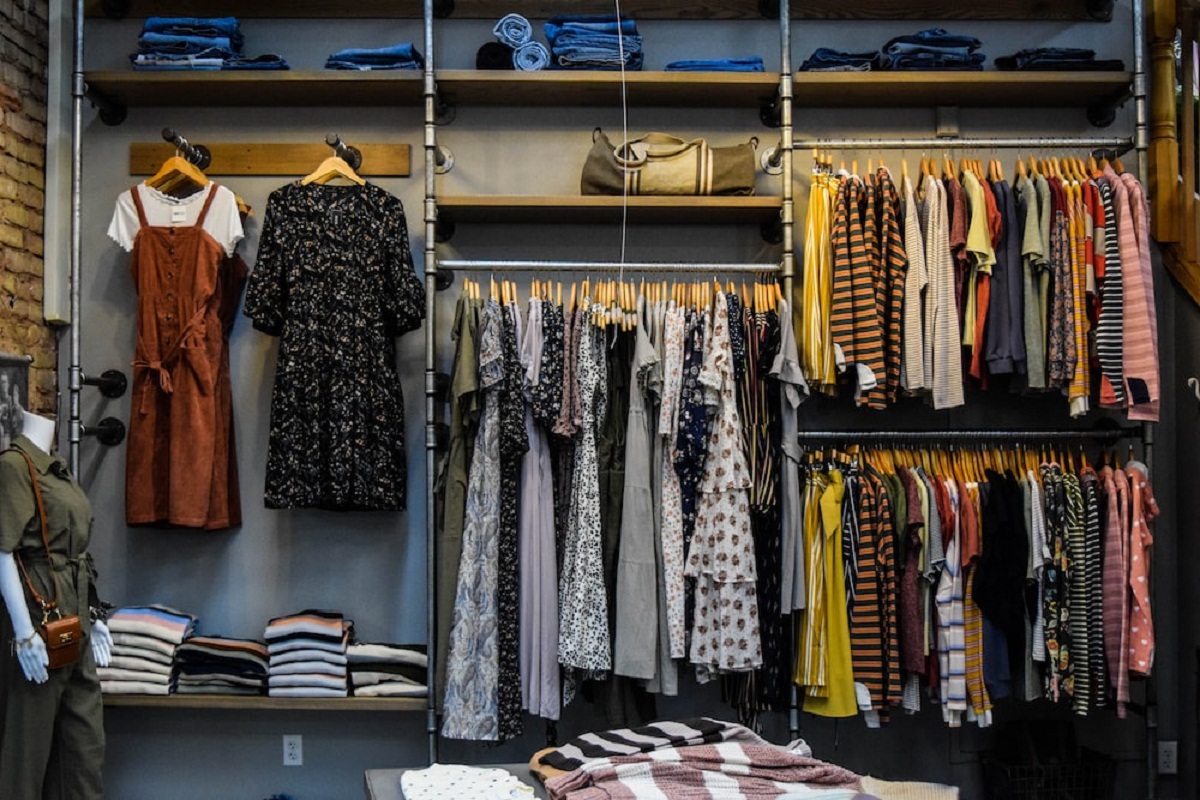
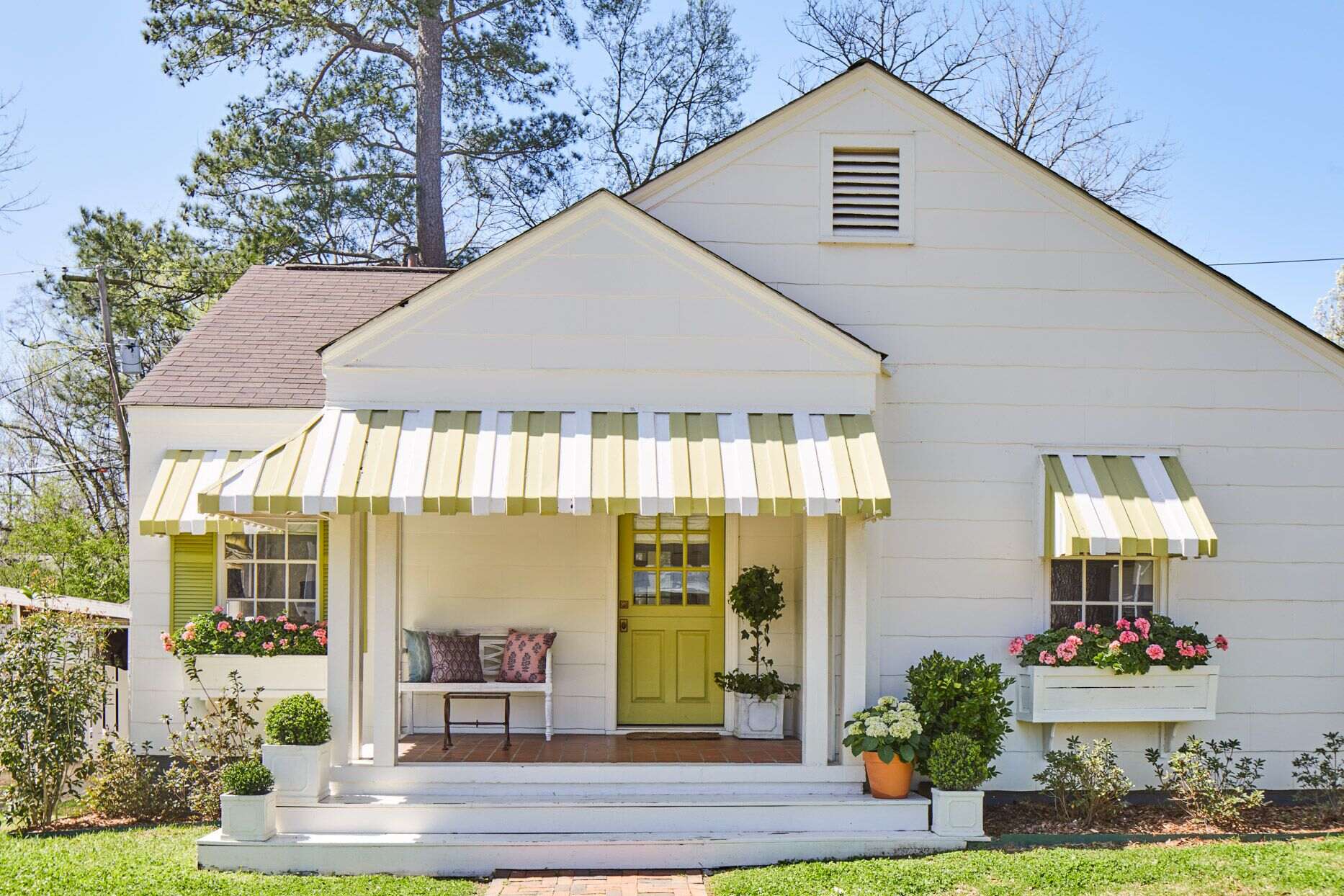
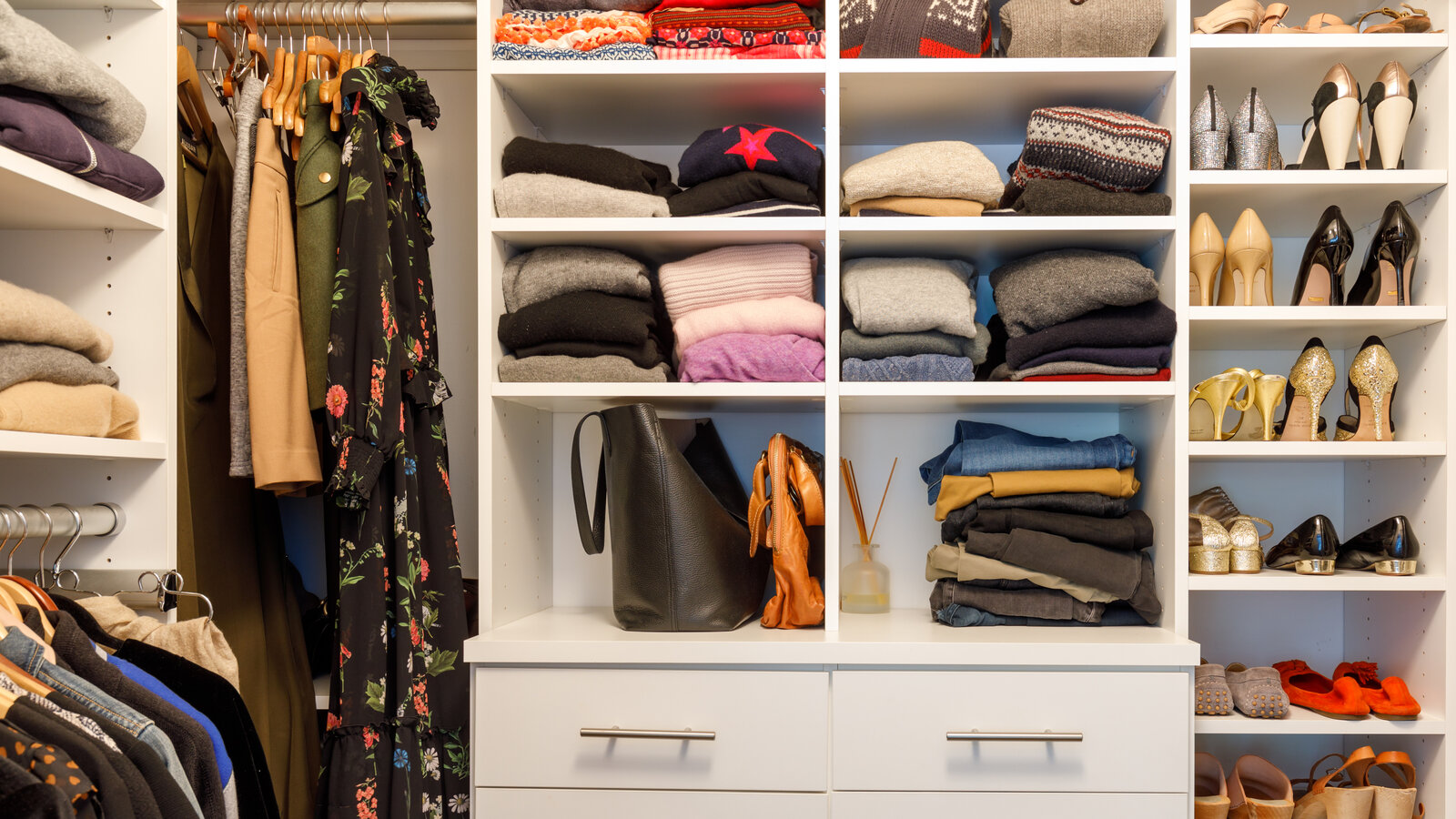
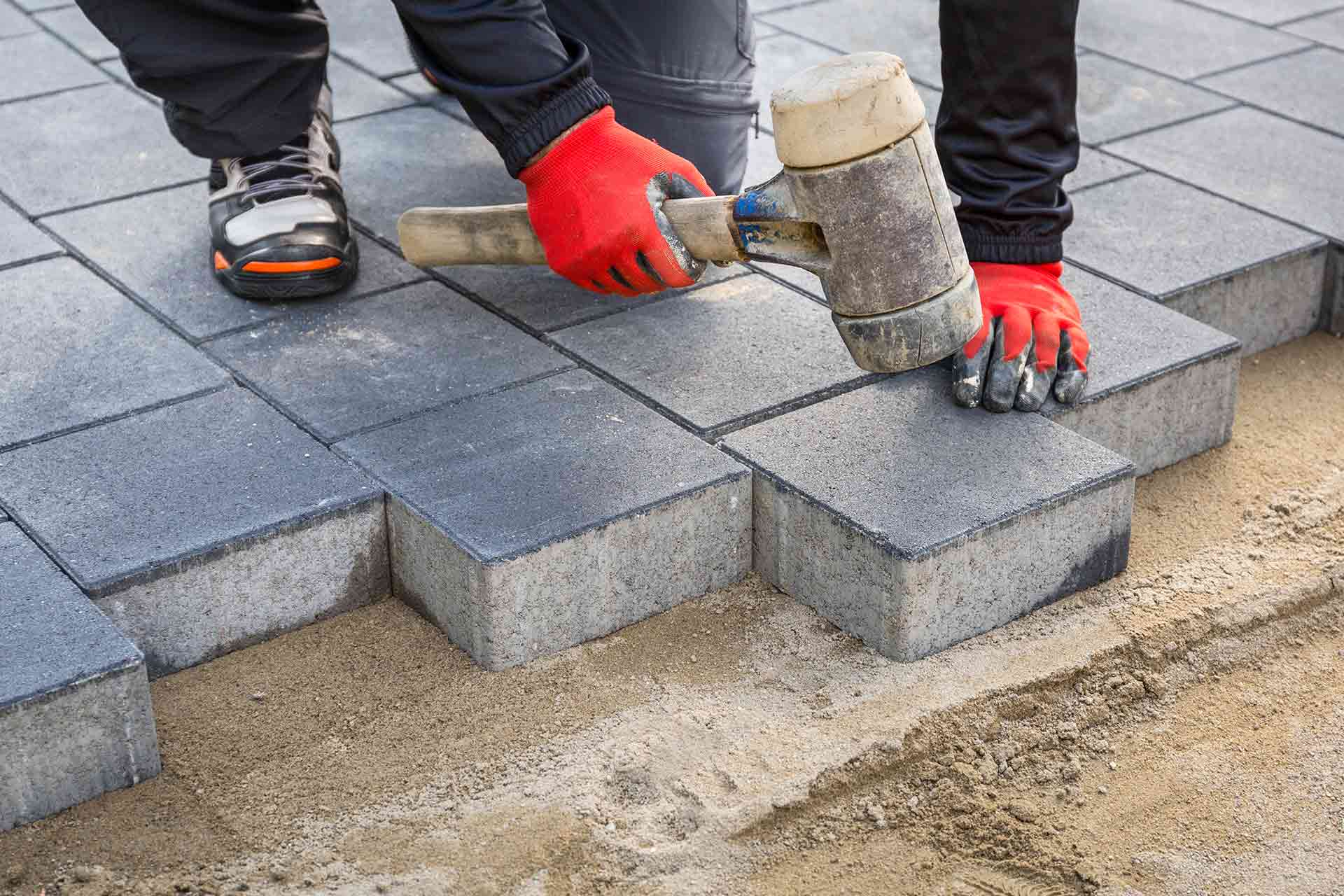
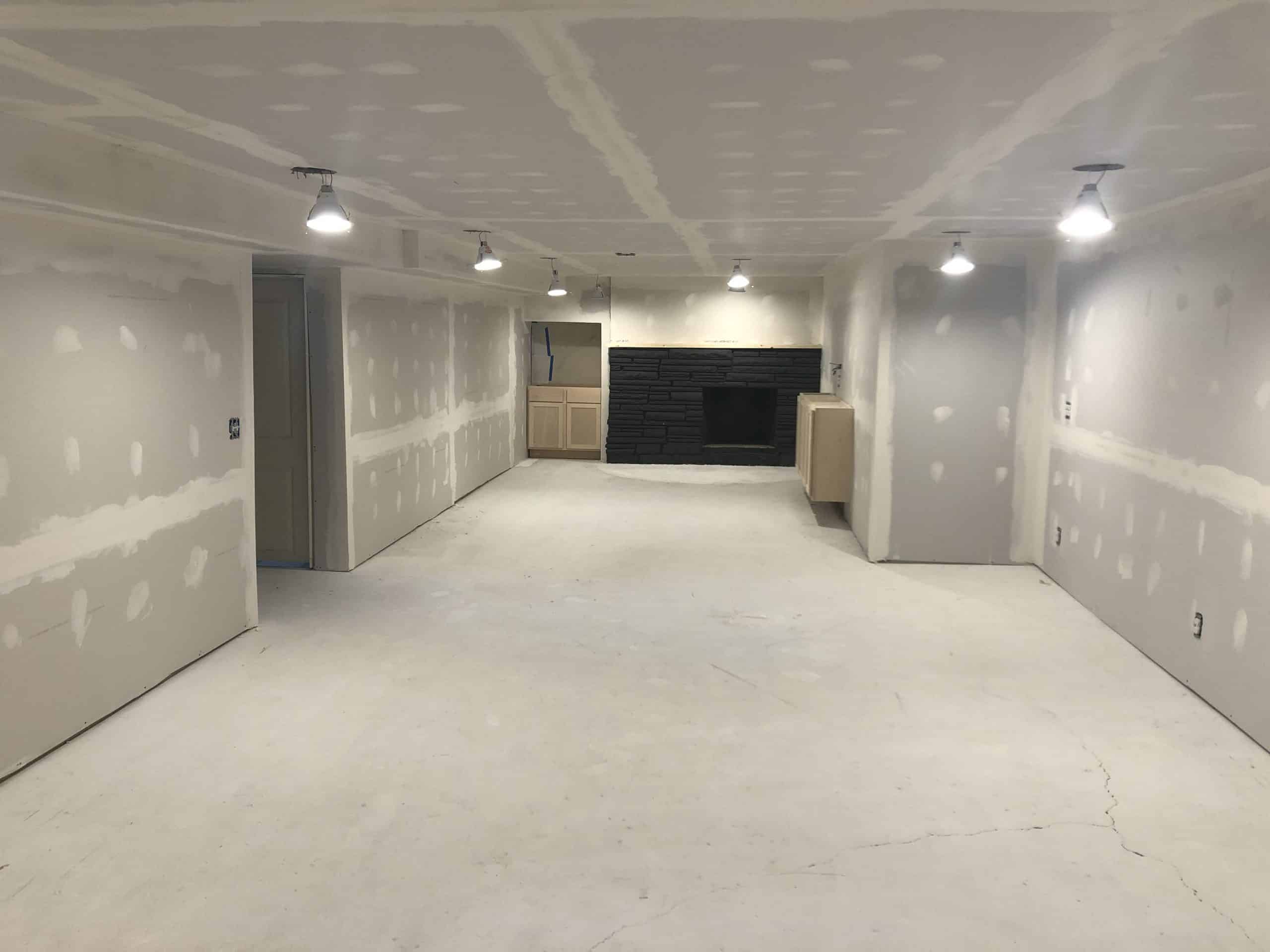
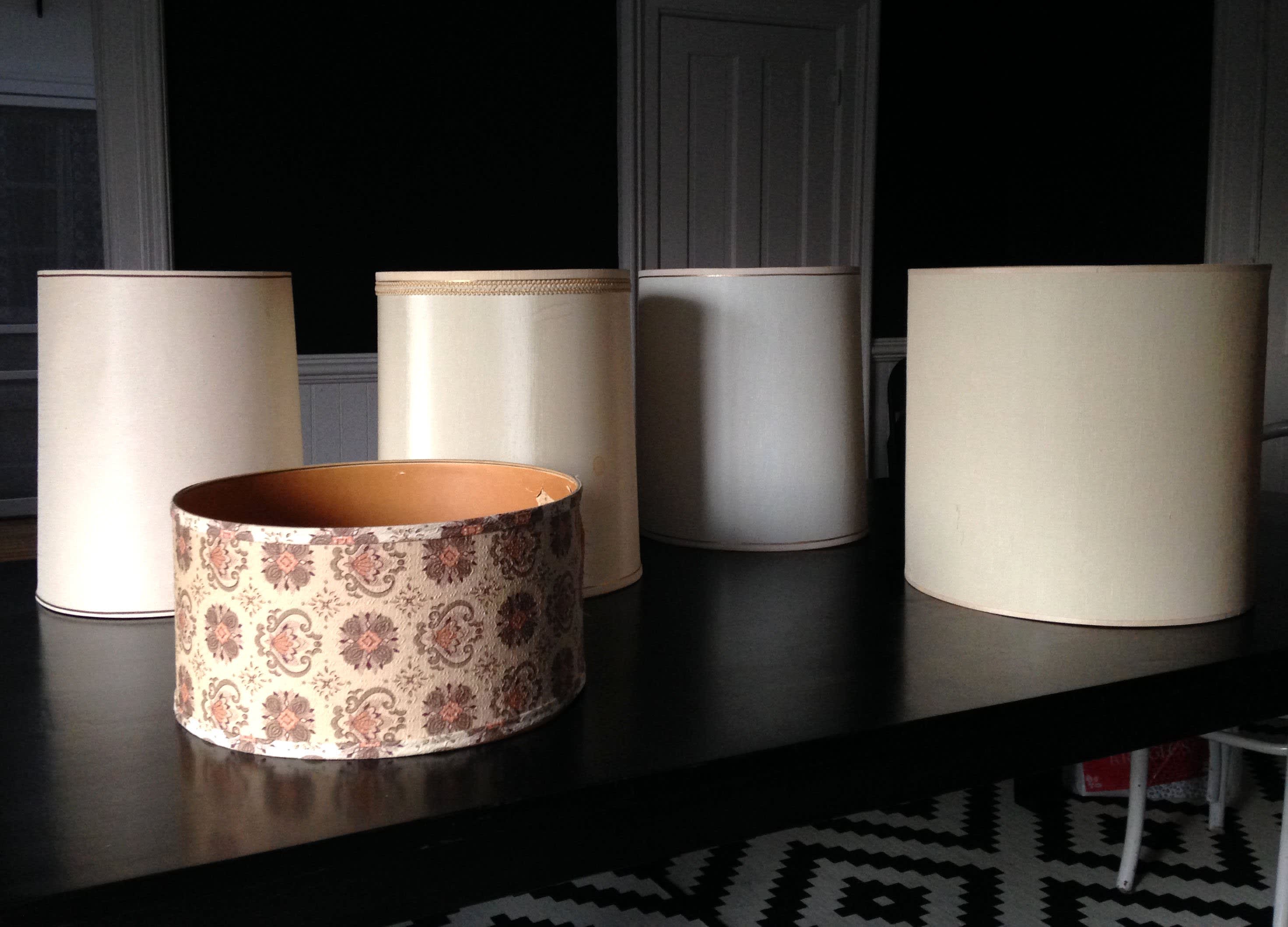
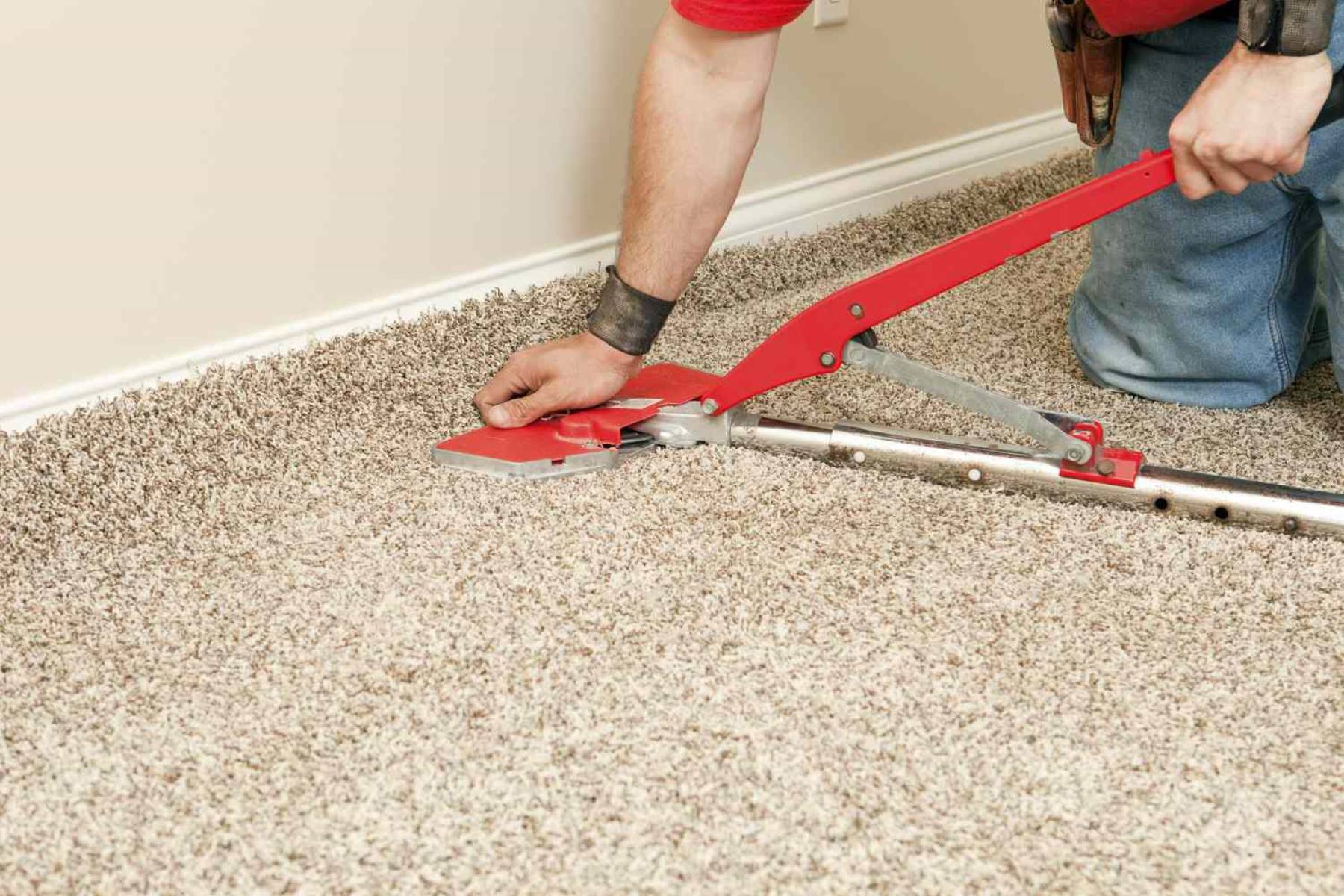
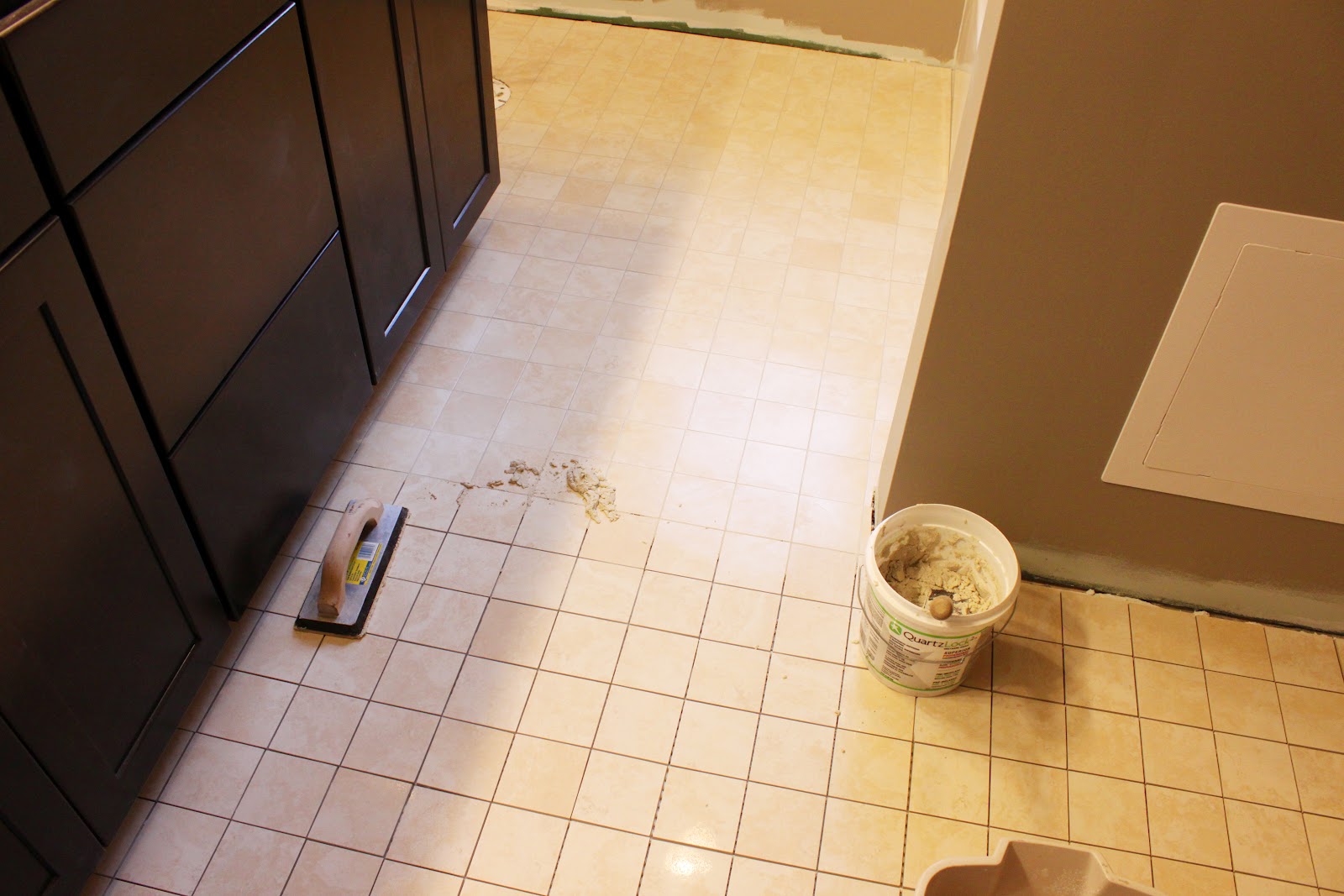
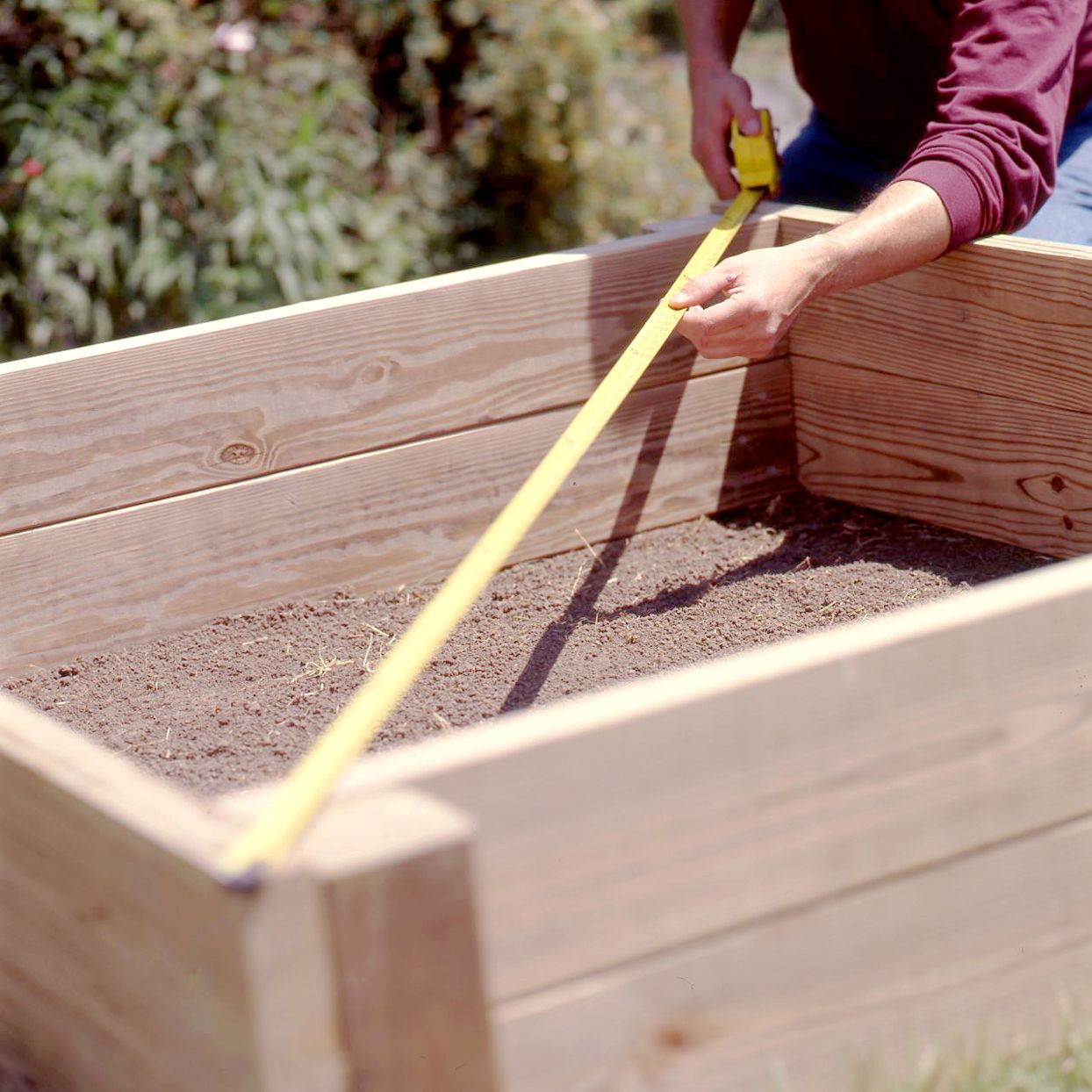
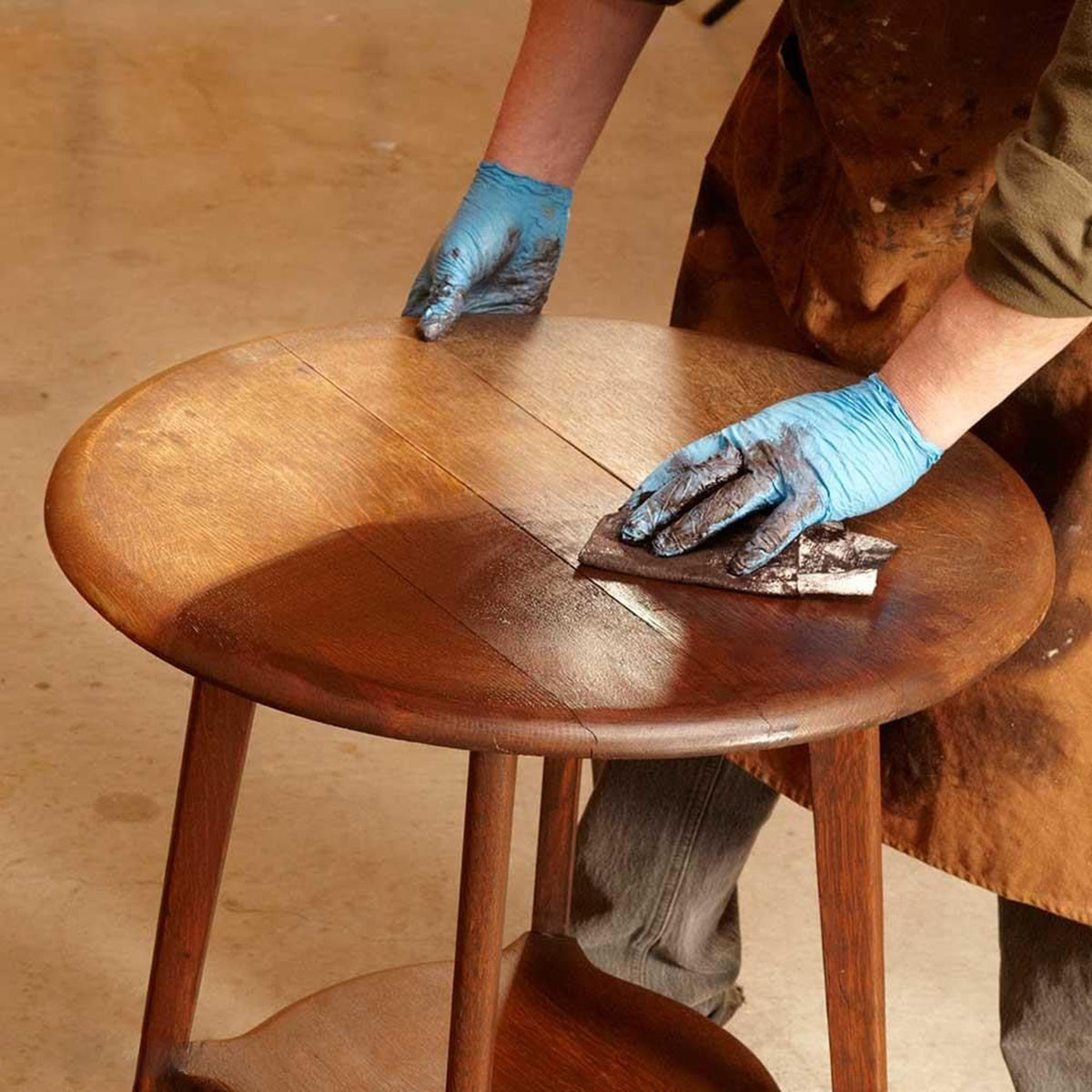
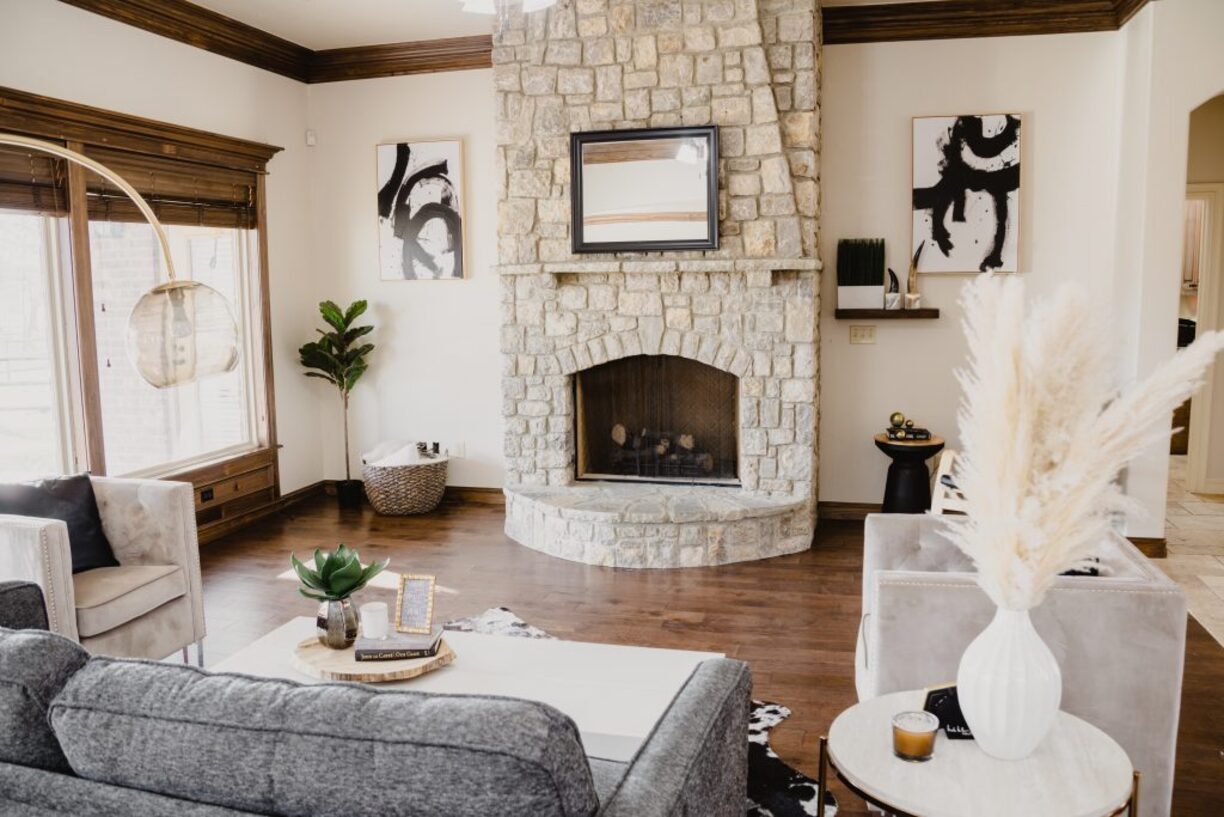
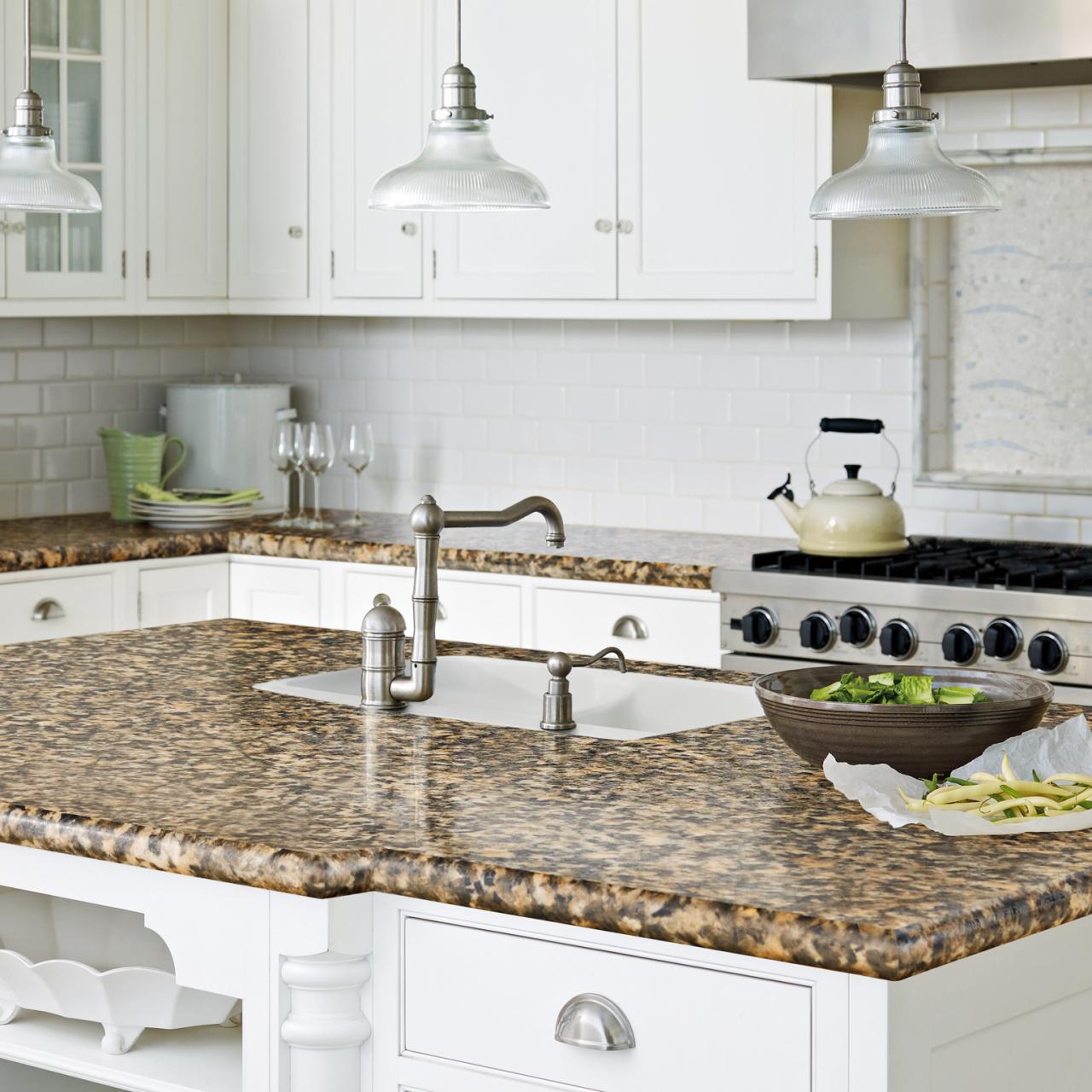
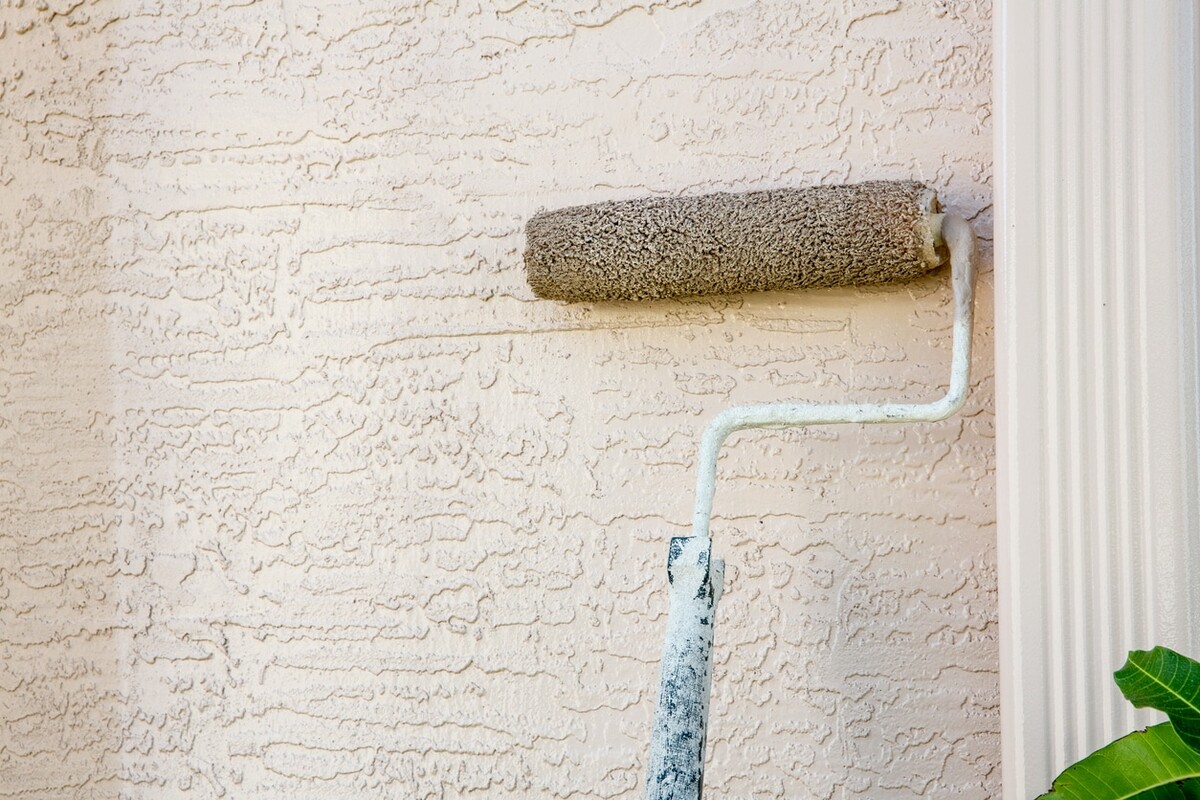

0 thoughts on “How To Redo My Wardrobe”